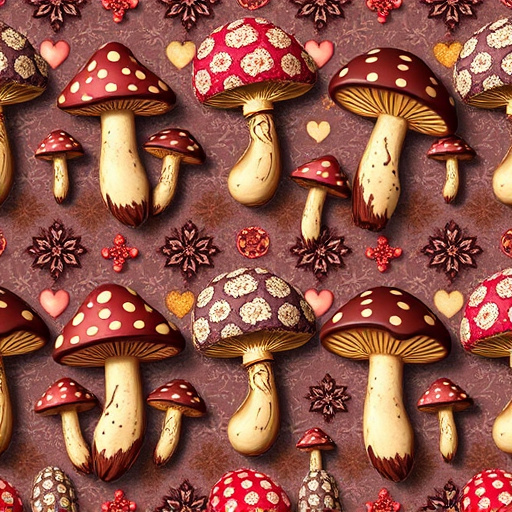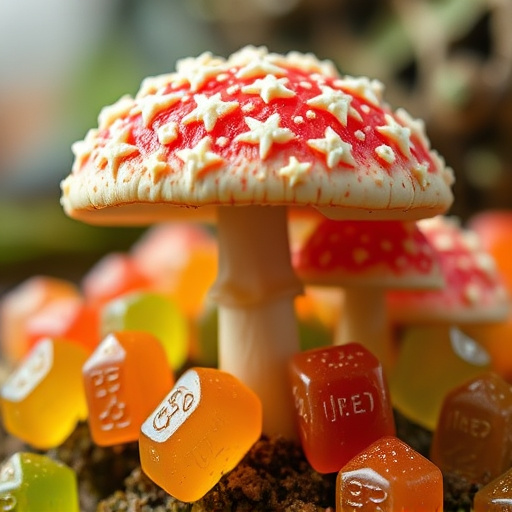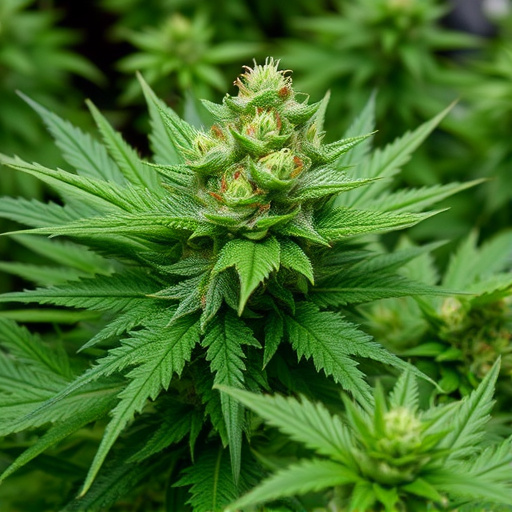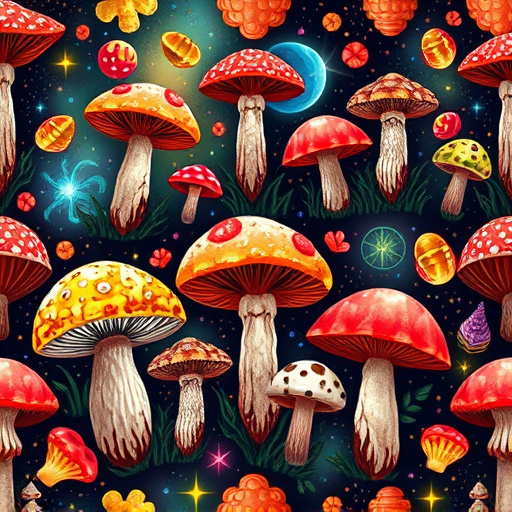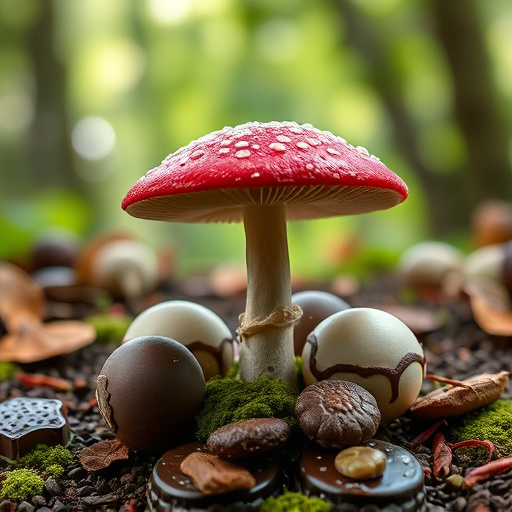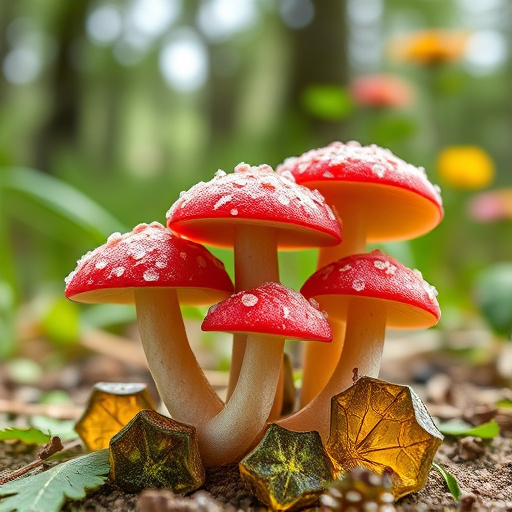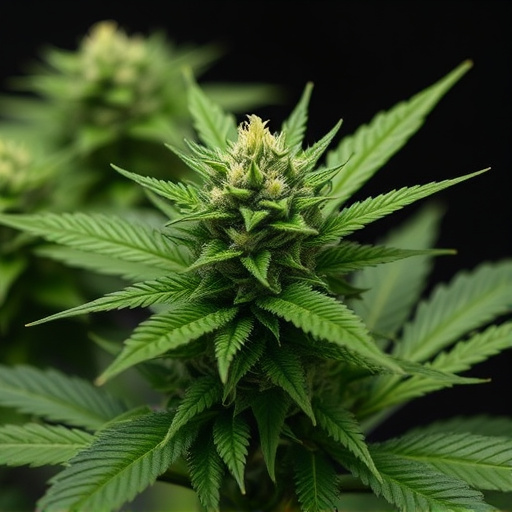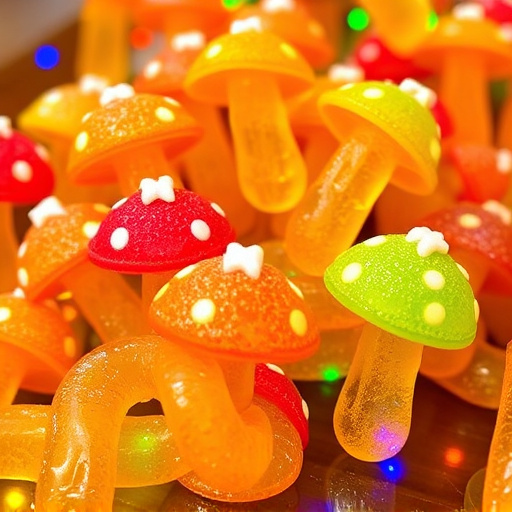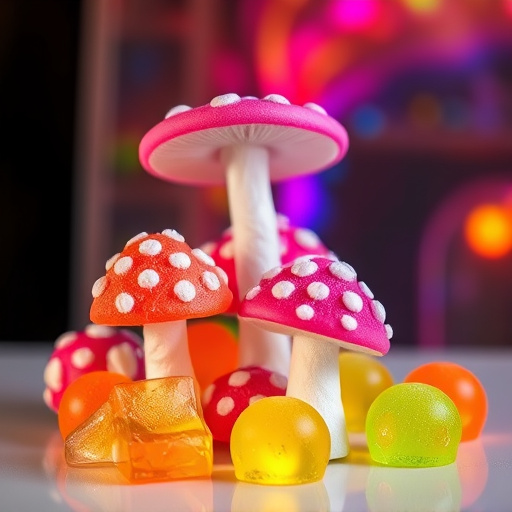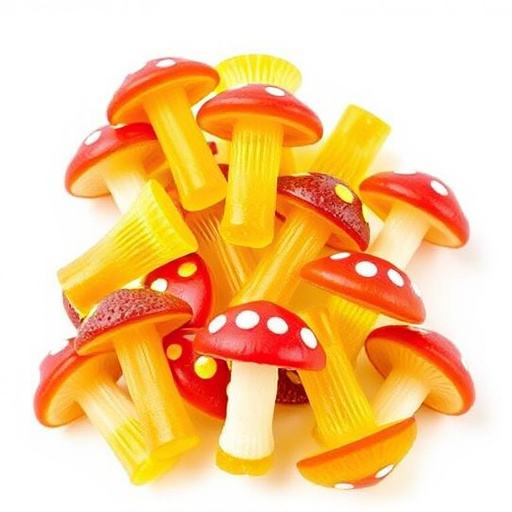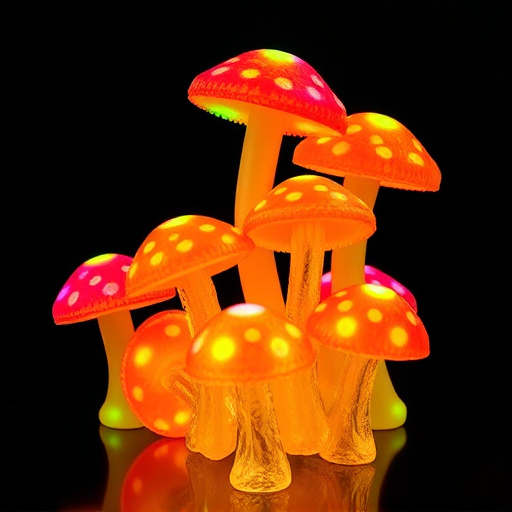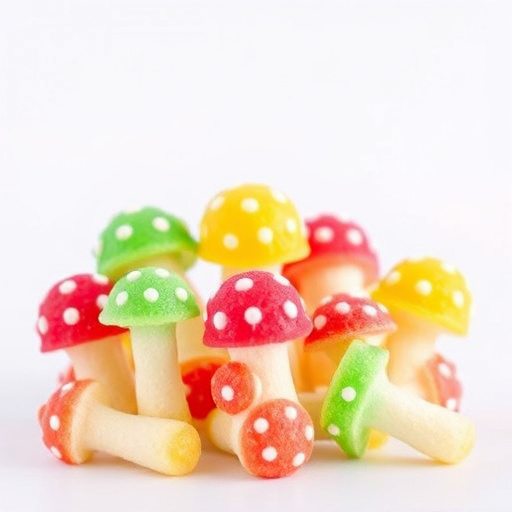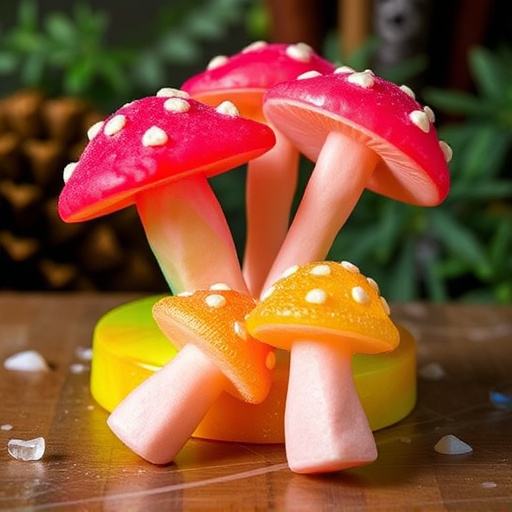The history of magic mushroom gummies usage spans centuries, rooted in indigenous cultures' spiritual and healing rituals with psychedelic mushrooms. As societal attitudes evolved, consumption methods shifted from traditional forms to innovative gummy delivery systems, offering a palatable, discreet, and dosable alternative. Today, these gummies have gained popularity as a trendy and accessible way to experience psychedelic effects, driven by microdosing trends and modern wellness practices, while preserving ancient wisdom in gourmet psychedelic preparations.
“Unveiling the evolution of magic mushroom gummies marks a significant shift in the way we consume and appreciate these ancient psychedelics. This article delves into the rich history of magic mushroom use, tracing its journey from traditional preparations to modern, popular gummies. We explore how this delivery method has revolutionized the experience, offering benefits over teas or tablets. From strawberry to tropical blends, the flavor revolution is here—uncovering the most sought-after tastes and unique combinations shaping today’s market.”
- Evolution of Magic Mushroom Gummies: From Tradition to Trends
- – A historical overview of magic mushroom use and its transition to gummies
- – Early preparation methods and cultural significance
Evolution of Magic Mushroom Gummies: From Tradition to Trends
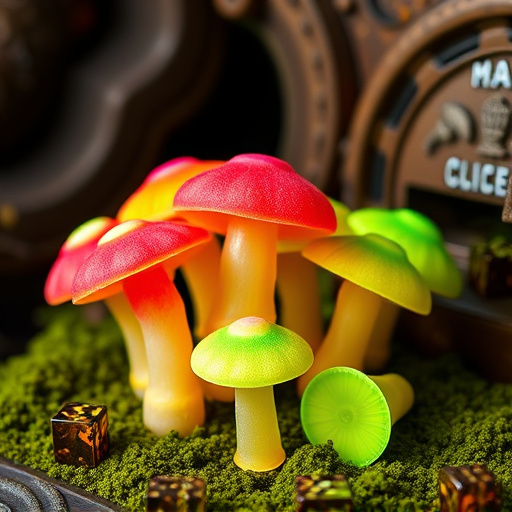
The history of magic mushroom gummies is intertwined with the evolution of psilocybin usage itself. Traditionally, indigenous cultures around the world have utilized psychedelic mushrooms for centuries in rituals and ceremonies, often for spiritual guidance and healing. However, as society’s relationship with psychedelics evolved, so did their consumption methods. The introduction of gummy bears as a delivery system for psilocybin was a game-changer, offering a more palatable and discrete alternative to the raw mushrooms or teas commonly used in the past.
Today, magic mushroom gummies have become a trendy way to experience psychedelic effects, appealing to modern consumers looking for innovative and convenient options. This shift reflects a broader cultural trend towards microdosing and exploring consciousness-expanding substances in controlled settings. With their diverse flavors and discreet nature, gummy bears have played a significant role in normalizing and popularizing magic mushrooms, making them accessible to a wider audience seeking alternative wellness approaches and unique sensory experiences.
– A historical overview of magic mushroom use and its transition to gummies
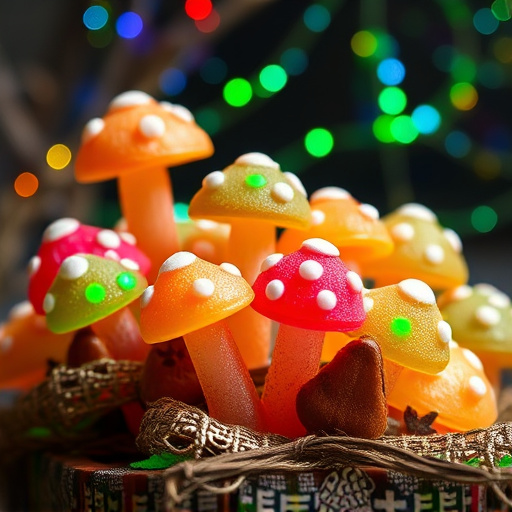
The use of magic mushrooms, scientifically known as psilocybin-containing fungi, dates back centuries in various cultures worldwide. Indigenous peoples have traditionally used them for their psychoactive properties in rituals and healing practices. These ancient traditions laid the foundation for what would later become a counterculture phenomenon in the 1960s and 70s. During this era, magic mushrooms gained mainstream popularity, especially among young adults seeking spiritual experiences and alternative forms of consciousness expansion.
As society’s relationship with psychedelic substances evolved, so did their consumption methods. The transition from consuming dried mushrooms to incorporating them into edible forms like gummies marked a significant shift in user experience and accessibility. Today, magic mushroom gummies have become a preferred choice for many due to their convenient, dosable nature, allowing users to enjoy the potential benefits of psilocybin in a discreet and tasty way. This evolution reflects a changing attitude towards psychedelic exploration and its integration into modern wellness practices.
– Early preparation methods and cultural significance
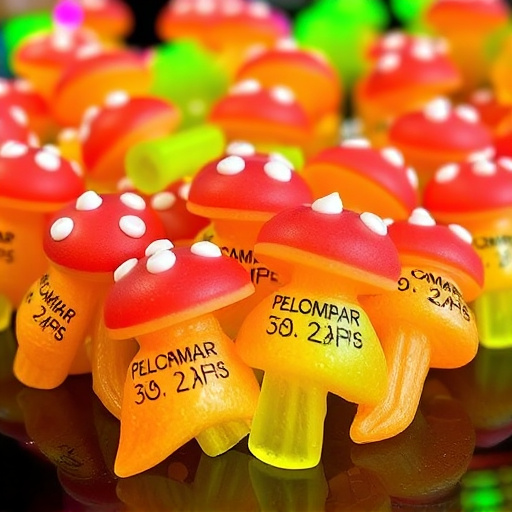
The history of magic mushroom gummies dates back to ancient times when indigenous cultures used psychedelic mushrooms for their medicinal and spiritual properties. These early preparation methods involved meticulous harvesting, drying, and sometimes cooking these delicate fungi to create teas, poultices, or ritualistic ceremonies. The cultural significance was profound; these mushrooms were often seen as gateways to altered states of consciousness, promoting healing, intuition, and a deeper connection with nature.
Over time, the practice evolved, and as Western cultures began to explore psychedelic therapy in the mid-20th century, interest in magic mushrooms grew. This resurgence led to innovative methods like creating gummies, offering a more palatable and discreet way to consume psilocybin. The modern trend of gourmet psychedelics, including magical mushroom gummies, can be traced back to this historical journey, blending ancient wisdom with contemporary culinary techniques.
The evolution of magic mushroom gummies reflects a changing attitude towards psychedelic exploration. From their historical roots in traditional practices, these treats have transformed into trendy, accessible means of experiencing psychoactive compounds. As consumer demand continues to shape the market, it’s clear that magic mushroom gummies are here to stay, offering a unique and increasingly popular way to delve into the world of psychedelic flavors. Understanding the history of magic mushroom gummy usage provides insight into this growing trend and its cultural implications.
